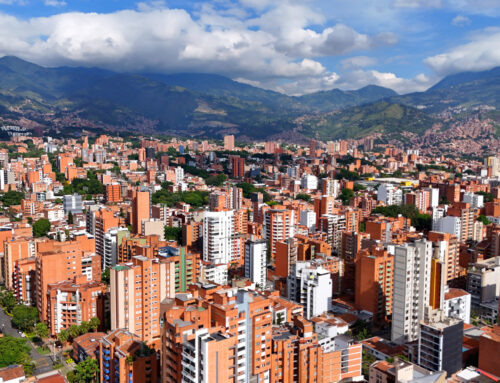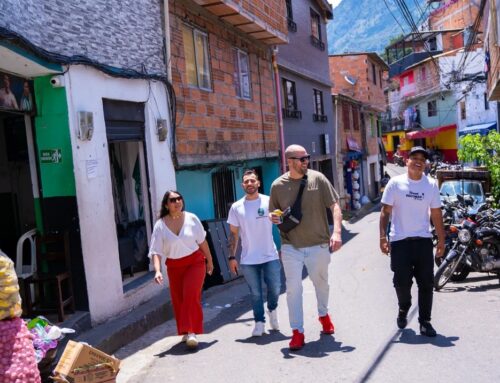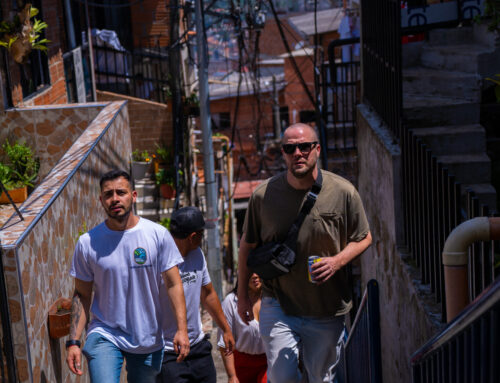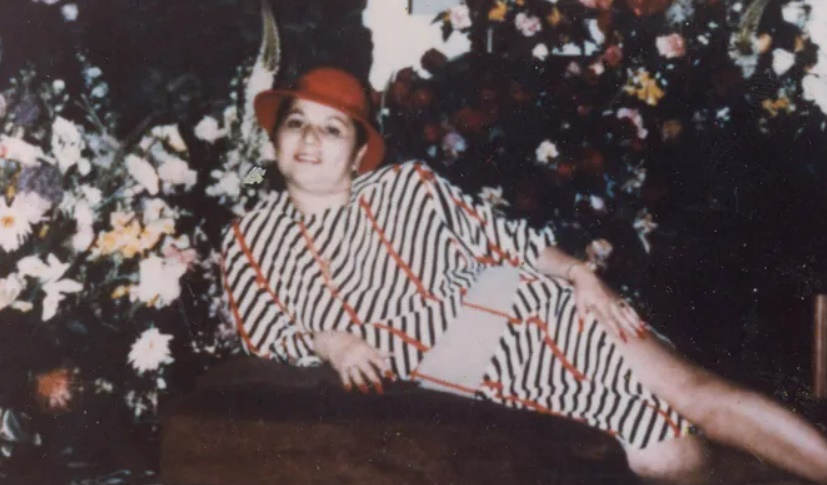
Griselda Blanco. The name used to echo through the streets of Miami, sending shivers down spines and prompting hurried steps in the opposite direction. “The Cocaine Godmother,” they called her. But lately, with shows like Netflix’s “Griselda” revisiting her story, a nagging unease settles in. Is the media airbrushing the image of these notorious drug lords?
Griselda Blanco wasn’t exactly a character you’d find yourself cheering for. Born into poverty in Colombia, her life was a harsh melody from the start. Whispers paint a chilling picture of her involvement in a kidnapping at the tender age of eleven, a foreshadowing of the darkness that would engulf her future. By her twenties, she’d fled to Miami, where she scaled the drug trade ladder with a speed that left others breathless. Intelligence, undeniably. But also, a ruthlessness that sent shivers down spines. Anyone who crossed her, even in the slightest way, risked ending up a forgotten statistic. That’s how she became “La Madrina,” a namdee synonymous with violence, a legend that sent chills down spines.
Yet, recent portrayals paint Griselda in a different light. They delve into her personal life, showcasing her sharp mind, her ambition, even glimpses of a vulnerability one wouldn’t expect. And therein lies the danger. Because let’s face it, the designer clothes and the power struggles are flashy. They distract from the horrifying reality – the countless lives lost in bloody turf wars, the families shattered by the addiction fueled by her cocaine empire. The narrative shifts, transforming a cold-blooded criminal into a “powerful businesswoman.” It feels like they’re sanitizing her story, erasing the ugly parts with a narrative airbrush.
Murderous Tactics
Griselda Blanco, known as the “Black Widow” for a reason, employed brutal tactics to maintain her power in the drug trade. Here’s a look at some of the methods attributed to her:
- Motorcycle Drive-Bys: Blanco is said to have pioneered the use of motorcycles for assassinations. These fast, maneuverable vehicles allowed for surprise attacks and easier getaways in Miami’s crowded streets.
- Ruthless Efficiency: Many killings were allegedly carried out in broad daylight, sending a chilling message and creating a climate of fear. This disregard for public safety became a hallmark of the “Cocaine Cowboy Wars.”
- Eliminating the Competition: Blanco wasn’t shy about taking out rivals. She reportedly ordered countless murders to maintain control of her drug routes and eliminate threats.
- Domestic Brutality: The nickname “Black Widow” hints at a darker side. Blanco is believed to have been responsible for the deaths of all three of her husbands.
It’s important to note that while these tactics are associated with Blanco, it’s difficult to definitively prove her involvement in every case. However, the violence attributed to her reign in Miami cemented her reputation as a ruthless and calculating criminal.
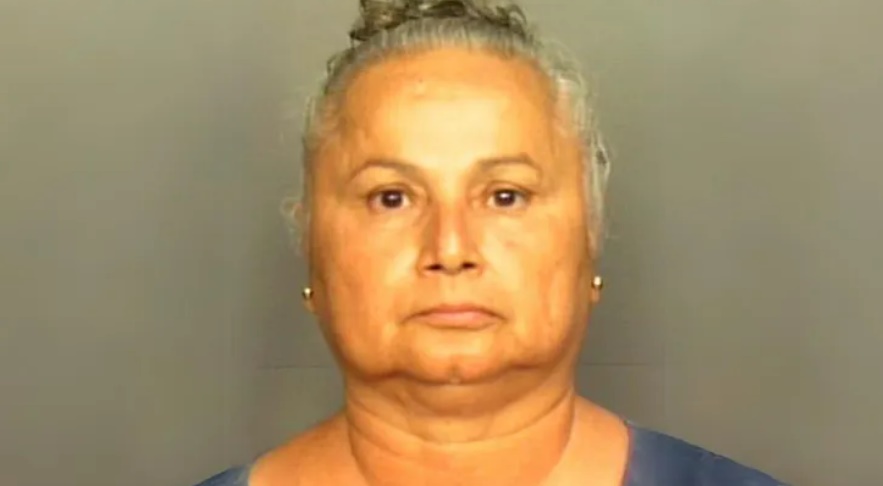
Griselda’s Rise to Power
Griselda Blanco’s ascent to the top of the drug trade wasn’t a solo climb. Here’s a deeper dive into the key figures and events that fueled her rise:
Partnership and Innovation:
- Alberto Bravo: In the early 1970s, Blanco met her second husband, Alberto Bravo, who was already established in the cocaine trade. Their partnership proved pivotal. Blanco, with her ruthless streak and cunning business sense, allegedly devised innovative smuggling methods, like using lingerie with hidden compartments (from her own clothing factory in Colombia) to transport drugs into the US.
- Miami’s Cocaine Boom: Miami, with its proximity to South America and lax regulations, became a major cocaine entry point. Blanco saw the opportunity and capitalized on it, establishing a distribution network that brought her immense wealth and influence.
The Medellin Cartel Connection:
The 1970s also saw the rise of the Medellin Cartel in Colombia. While Blanco wasn’t a direct member, she allegedly became a key figure in their US operations.
- Miami Hub: Blanco’s Miami network became a crucial “gateway” for the Medellin Cartel, allowing them to move massive quantities of cocaine into the US market.
- Mutual Benefit: This partnership was mutually beneficial. Blanco gained access to a powerful supplier and protection, while the Medellin Cartel benefitted from her established distribution network and ruthless tactics for eliminating competition.
This period marked a turning point for Blanco. Her connections, combined with her own ruthlessness, allowed her to amass significant power and wealth within the Miami drug scene.
Sure, shows about drug lords can be thrilling. They offer a glimpse into a world of high stakes and adrenaline-pumping escapes. But they have a responsibility, too. They need to depict the violence, the devastation left in the wake of these figures. They need to remind us of the blood on their hands, the communities they leave reeling. Only by acknowledging the full picture can we develop a nuanced understanding of these complex characters, not just be dazzled by their supposed power.
Because the truth is, shows like this can influence people, especially younger viewers. If they glorify the drug trade without acknowledging the consequences, it risks normalizing a dangerous and destructive world. The media has a chance to use these portrayals as cautionary tales, highlighting the price paid for the “glamorous” life of a drug lord. By offering a balanced and human perspective, the media can play a role in educating viewers about the realities of the drug trade while ensuring that figures like Griselda Blanco are remembered not for their power, but for the devastation they caused.


